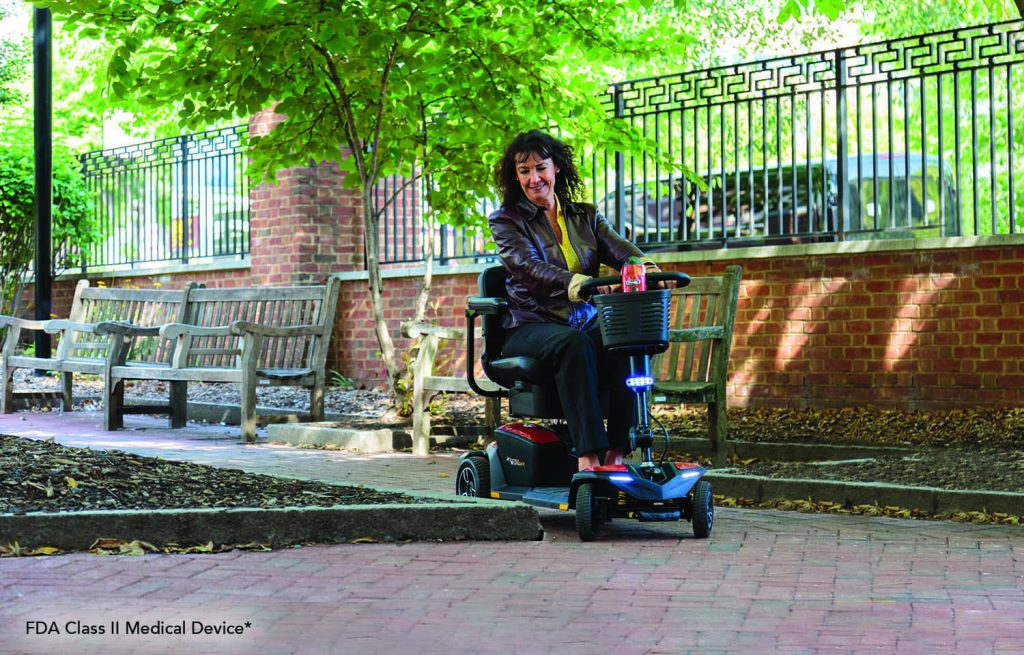Adjusting to a non-invasive ventilator (NIV) can feel overwhelming at first, especially if you’re new to using medical devices for respiratory support. As someone who has relied on an NIV for the past five years to manage my breathing due to a neuromuscular condition, I understand the challenges and the rewards of this therapy. Over time, I learned strategies to make the transition easier and more comfortable, and I hope to share those insights to help others who are starting this journey.
In this article, I’ll explain what an NIV is, how it works, and share tips and strategies that helped me adjust to using this life-enhancing device.
What is a Non-Invasive Ventilator (NIV)?
A non-invasive ventilator is a device that provides respiratory support without the need for invasive procedures like intubation or tracheostomy. NIV delivers air through a mask that covers the nose, mouth, or both, helping individuals with breathing difficulties maintain proper oxygen and carbon dioxide levels.
Who Uses NIV?
- Patients with conditions like COPD, ALS, or muscular dystrophy.
- Individuals recovering from respiratory infections or weakened lung function.
- People experiencing sleep-related breathing disorders, such as severe sleep apnea.
My Initial Experience with NIV
When my doctor first recommended NIV, I was hesitant. The idea of sleeping with a mask on my face and relying on a machine felt daunting. The first few weeks were especially difficult, but with patience and the right approach, I began to see the benefits.
Here are the steps I took to make the adjustment process smoother:
1. Understanding the Benefits of NIV
at motivated me most was learning how NIV would improve my quality of life. My doctor explained that it would:
- Ease Breathing: Reduce the effort my lungs needed to take in oxygen.
- Improve Sleep: Help me avoid nighttime breathing interruptions.
- Enhance Energy Levels: By maintaining better oxygen levels, I’d feel less fatigued during the day.
Once I understood these benefits, I was more motivated to give the device a fair chance.
2. Choosing the Right Mask
The mask is one of the most critical components of NIV therapy. Initially, I struggled with finding a comfortable fit, but after experimenting with different options, I discovered a mask that worked for me.
Tips for Choosing a Mask:
- Try Multiple Styles: Nasal masks, full-face masks, and nasal pillows all offer different levels of coverage and comfort.
- Ensure a Proper Fit: A snug fit prevents air leaks but shouldn’t cause pressure sores or irritation.
- Ask About Adjustable Features: Some masks have padded straps and adjustable headgear for a more customized fit.
3. Adapting to Wearing the Mask
Wearing a mask every night took some getting used to. At first, I felt claustrophobic and found it difficult to relax, but these strategies helped me adjust:
a. Start Slowly
I began by wearing the mask for short periods during the day while reading or watching TV. This helped me get used to the sensation without the pressure of trying to fall asleep.
b. Use Relaxation Techniques
Deep breathing exercises and progressive muscle relaxation helped me stay calm while wearing the mask. Listening to soothing music also made the process more enjoyable.
c. Set Small Goals
Initially, I aimed to wear the mask for just an hour each night. Gradually, I increased the duration until I could wear it for the entire night.
4. Adjusting to Air Pressure Settings
The air pressure was another hurdle to overcome. The sensation of airflow felt strange at first, but I learned to adapt with these adjustments:
a. Use the Ramp Feature
Many NIV devices have a ramp setting that starts with lower pressure and gradually increases over time. This made it easier for me to fall asleep.
b. Work with Your Provider
I worked closely with my respiratory therapist to fine-tune the pressure settings. Don’t hesitate to ask for adjustments if the default settings feel uncomfortable.
c. Practice Breathing with the Machine
Practicing slow, deep breaths while awake helped me synchronize my breathing with the device.
5. Overcoming Dryness and Discomfort
Using an NIV can sometimes cause dryness in the mouth, nose, or throat. To combat this, I incorporated a few simple solutions:
a. Add a Humidifier
Many NIV machines have built-in humidifiers. Adjusting the humidity level made a big difference in preventing dryness.
b. Use a Heated Hose
A heated tube prevented condensation from building up, which kept the airflow consistent and comfortable.
c. Stay Hydrated
Drinking plenty of water during the day helped keep my airways moist and reduced irritation.
6. Maintaining the Device and Mask
Keeping my NIV equipment clean and well-maintained became an essential part of my routine. Regular care ensured the machine worked efficiently and reduced the risk of infections.
Maintenance Tips:
- Clean the Mask Daily: I wiped it down with mild soap and water to remove oils and bacteria.
- Change Filters: Replacing filters monthly kept the machine running smoothly.
- Inspect the Tubing: Checking for cracks or blockages ensured consistent airflow.
7. Finding Support
Adjusting to NIV can feel isolating, but finding support made a huge difference in my journey.
a. Join a Support Group
Connecting with others who use NIV gave me a sense of community and provided helpful tips. Online forums and local groups were great resources.
b. Work with Professionals
My respiratory therapist and doctor were invaluable in helping me troubleshoot problems and answer questions.
FAQs
1. How long does it take to adjust to an NIV?
It varies by person, but most users adapt within a few weeks. Start slowly and give yourself time to adjust.
2. Can I travel with an NIV?
Yes! Many NIV machines are portable, and travel-sized options are available. Be sure to pack a backup power source and necessary accessories.
3. What should I do if I experience air leaks?
Check that the mask is fitted properly and that the straps are adjusted correctly. If leaks persist, consider trying a different mask style.
4. How do I know if my NIV settings are correct?
Work closely with your healthcare provider to ensure your settings are optimized for your condition. If you feel discomfort or wake up frequently, consult your provider.
5. Can an NIV help with sleep apnea?
:Yes, NIV is often used for severe cases of sleep apnea, especially when other treatments, like CPAP, are not sufficient.
Conclusion: Embracing the Benefits of NIV
Adjusting to a non-invasive ventilator takes time and patience, but the benefits are well worth the effort. Over the past five years, my NIV has significantly improved my breathing, energy levels, and overall quality of life. By choosing the right equipment, building a routine, and seeking support when needed, you can successfully integrate NIV therapy into your life and experience its full potential.
If you’re starting your own NIV journey, remember: every small step forward is progress. With the right tools and mindset, you’ll breathe easier and sleep better in no time.






